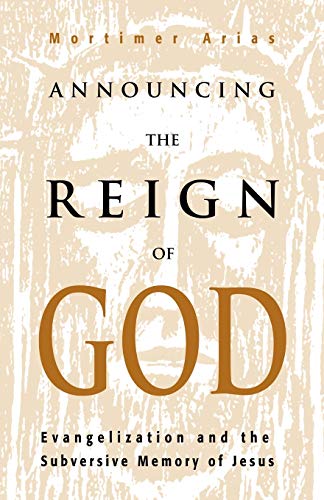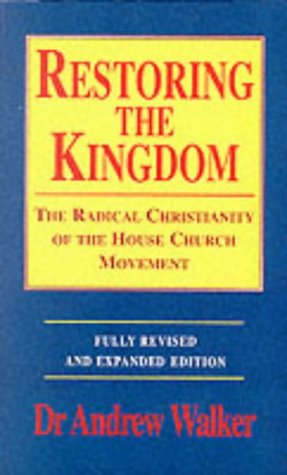A teacher of the OT rapidly discovers that for most of his students (with a few delightful exceptions) the OT is the least attractive and most forbidding part of a theological course. The major difficulty is that the OT is unknown territory; apart from a few famous passages, people simply have not read it. This difficulty is then compounded by the confrontation with a vast amount of scholarly literature which contains an astonishing diversity of interpretations. How can the poor student find his way in this strange land?
Although the major problem of unfamiliarity with the OT cannot be resolved without a change of attitude within the church at large, the lesser problem of coping with scholarly interpretations can be, and is being, met. A particularly important contribution towards this is the appearance of a new series of Old Testament Guides from the indefatigable JSOT Press. This series has been designed ‘with the student’s needs in mind’. Each volume aims to provide, within the compass of 100 pages or so, everything the student needs so as to familiarize himself with the major issues of interpretation in a book of the OT. Each volume is meant to provide
* introduction to the contents of the biblical book
* balanced survey of the important critical issues
* concentration on theological perspectives
* assessment of the most recent scholarship
* cross-references to standard works on OT history and theology
* annotated bibliographies.
Such a series should be indispensable to both student and preacher. Given, however, that it is easier to set high targets than it is to reach them, do these two early volumes live up to the general editor’s claims? The short answer is that one does and one doesn’t.
The one that does is P. R. Davies on Daniel, which is consistently stimulating and helpful. The careful literary and historical analysis is generally convincing, and Davies is particularly good in his fresh theological analysis which brings the text to life in a new way. The survey of current debate and the bibliographies are indeed just what the student needs. The concentration on current debate does of course mean that issues which are not part of mainstream debate, such as a sixth century date for the book, receive little attention, which may disappoint some Themelios readers. Nonetheless, if one wishes to understand the view that Daniel is a second-century composition incorporating some older material (parts of which may even go back to the sixth century), and that this need impugn neither the plain meaning nor the authority of the book, Davies’ exposition would be hard to better.
Mayes on Judges is less rewarding. In general, Mayes’ book is a useful guide to a strictly historical approach to the book and period of the Judges, which is clearly Mayes’ own particular interest. He offers a clear and interesting account of scholarly developments since the work of Noth in which, although he shares the perspective of most recent scholarship that the historical worth of the traditions in Judges is limited, a valuable understanding of the period of the Judges nonetheless emerges.
It is the omissions in the book that are the problem. Sadly, for Mayes literary criticism means source-criticism and redaction criticism. The important current debate about a truly literary and holistic reading of biblical narrative is ignored. Robert Alter’s The Art of Biblical Narrative is at least mentioned in a sectional bibliography, but an important work such as J. L. Crenshaw’s Samson is ignored altogether. Even more disappointing is the total lack of any theological discussion at all. Theological issues are simply ignored. Moreover, the literary and historical discussion frequently reveals an implicitly reductionistic approach to theology, as in a comment on Jdg. 5:20f.: ‘This was not a war of Yahweh; it was by the stars of heaven and the torrent Kishon that the tribes were supported.’ Could that ever have been a genuine alternative for a man of faith?
Such ignoring of literary and theological issues is all the more unfortunate because it is an approach to Judges along such lines that can often best bring this otherwise rather difficult book alive to the modern reader. And clearly in terms of the aims of the series such omission is serious because it means that the student is not given that balanced and comprehensive approach to the book that he is promised.
Nonetheless, the series will be the best thing on the market for helping the non-specialist into the world of current OT interpretation. Every volume is likely to be of use to the student, though if one is concerned to build up a library that will still be helpful when essays and exams are past, some discrimination between the different volumes in the series may be appropriate.
Walter Moberly
Durham University







